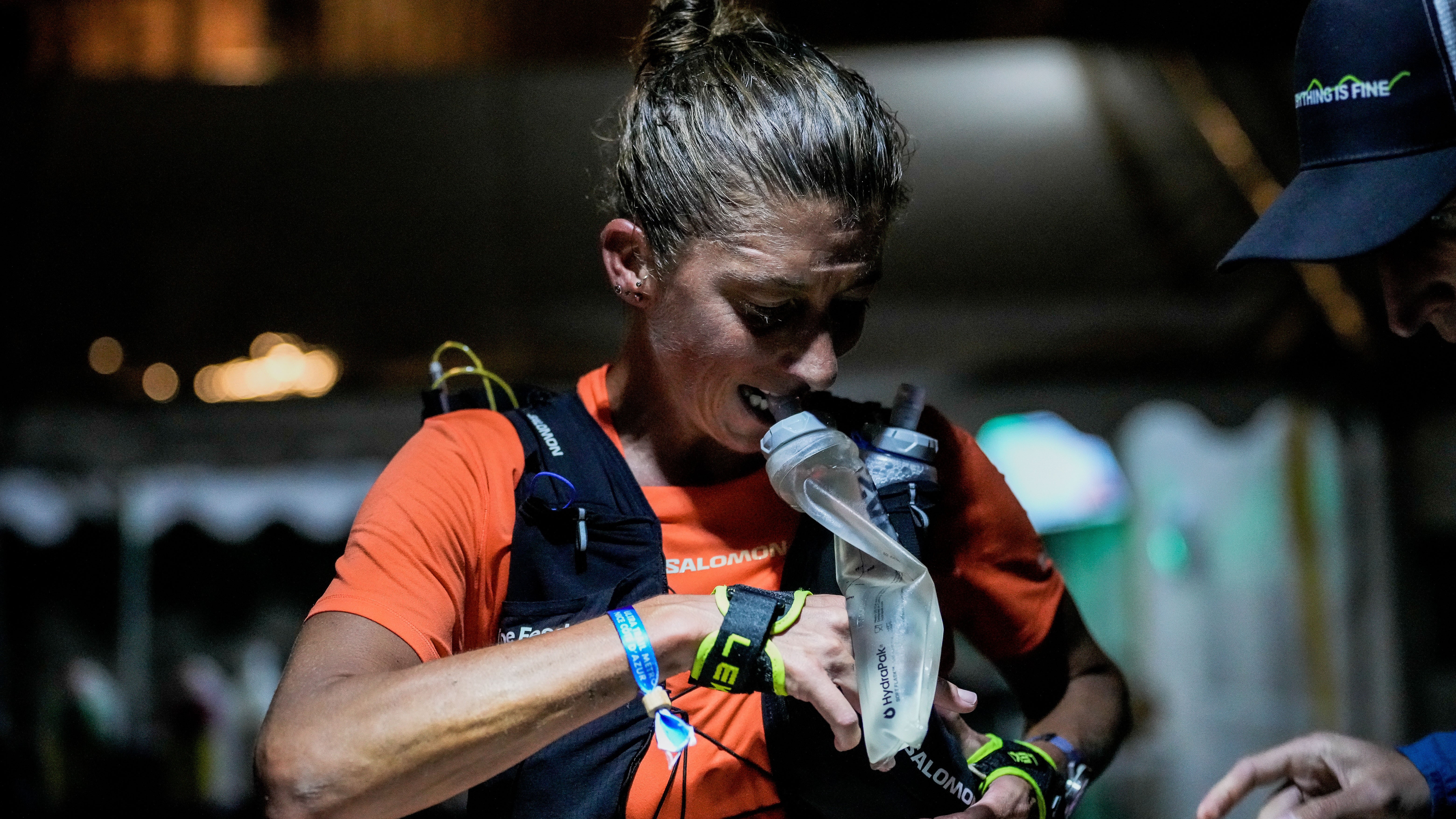Do I really need to wear a climbing helmet?
Three compelling arguments for wearing a helmet when you climb
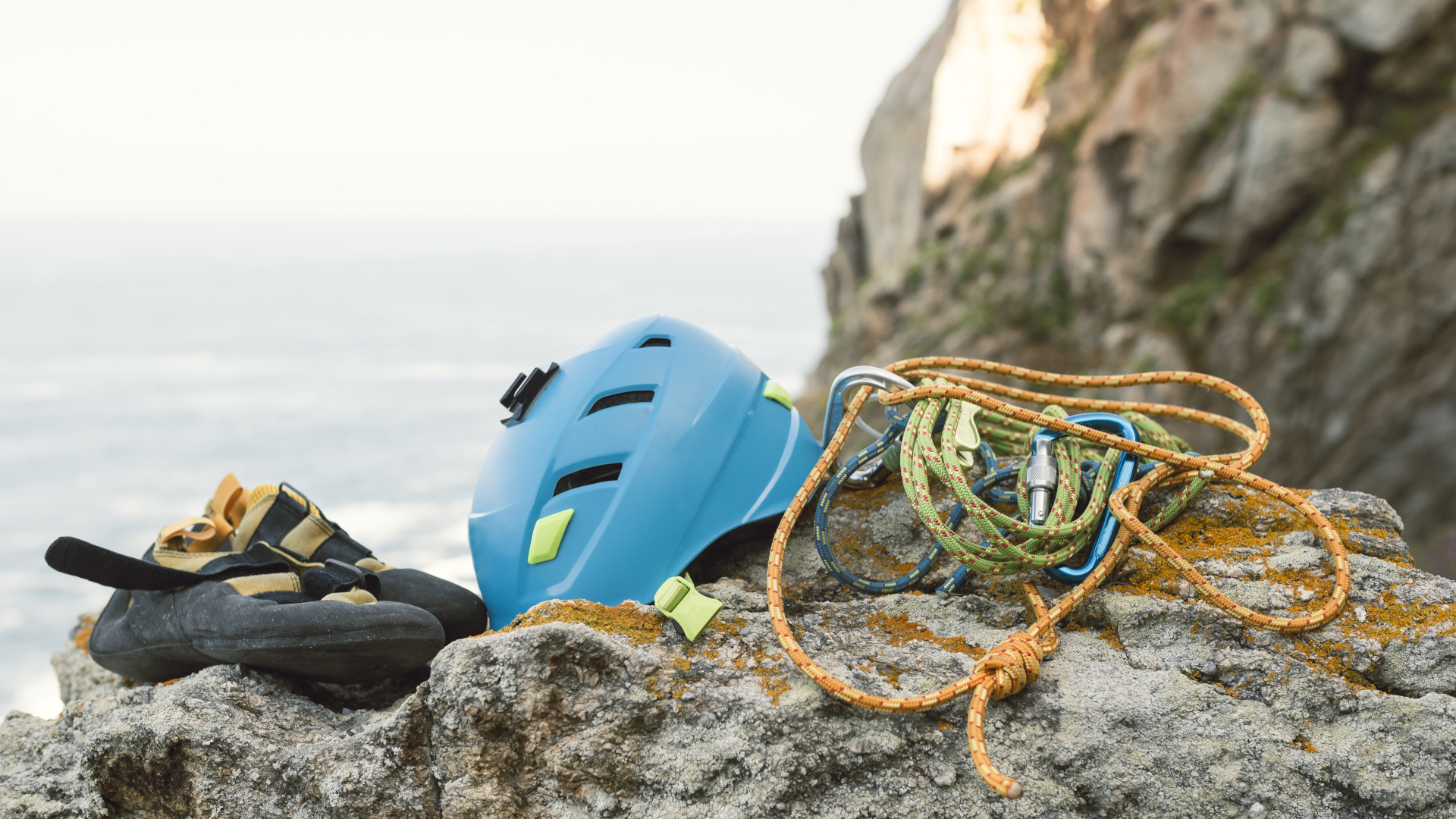
Recently, I was feeling a bit nostalgic about my years living in the Rocky Mountains and looking fondly through some old rock climbing photos. One photo, of myself and six friends at the top of Colorado National Monument pulled me up short.
We had just climbed Otto’s Route, a very fun five-pitch chimney climb that’s not especially technical because in 1911 John Otto cut holes and drilled rungs into the red sandstone (something that would never be allowed today). Today, the rungs are gone but you can still use the holes to climb and there are some bolts remaining. There’s one crux move to reach the top, and then you’re laughing. Like any trad climb, there’s some risk involved. So I was shocked when looking at the photo to see that only two of us are wearing climbing helmets.
At the time, I don’t think I noticed that myself and my climbing partner were alone in this. Helmets are just a part of life for me – I have one for climbing, cycling and skiing. I’m a journalist and I’d like to protect my brain so I can keep writing about the outdoors, so it seems like an obvious thing to do when I spend most of my time hiking, scrambling, climbing and hurtling down steep slopes. Helmet technology has come a long way and, unlike climbing shoes, they’re really quite comfortable and breathable these days, so I never noticed that I’m wearing one.
But not everyone thinks this way, as my photo reveals. In fact, a 2019 review of 150 wilderness falls in the United States found that only one climber was wearing a helmet, while head injuries accounted for 43 percent of all injuries. There are other studies that suggest that helmet use is less than ubiquitous, and while the studies themselves can be a little vague about what constitutes climbing, just head to the crag and you’re likely to see plenty of folk out there without a lid on.
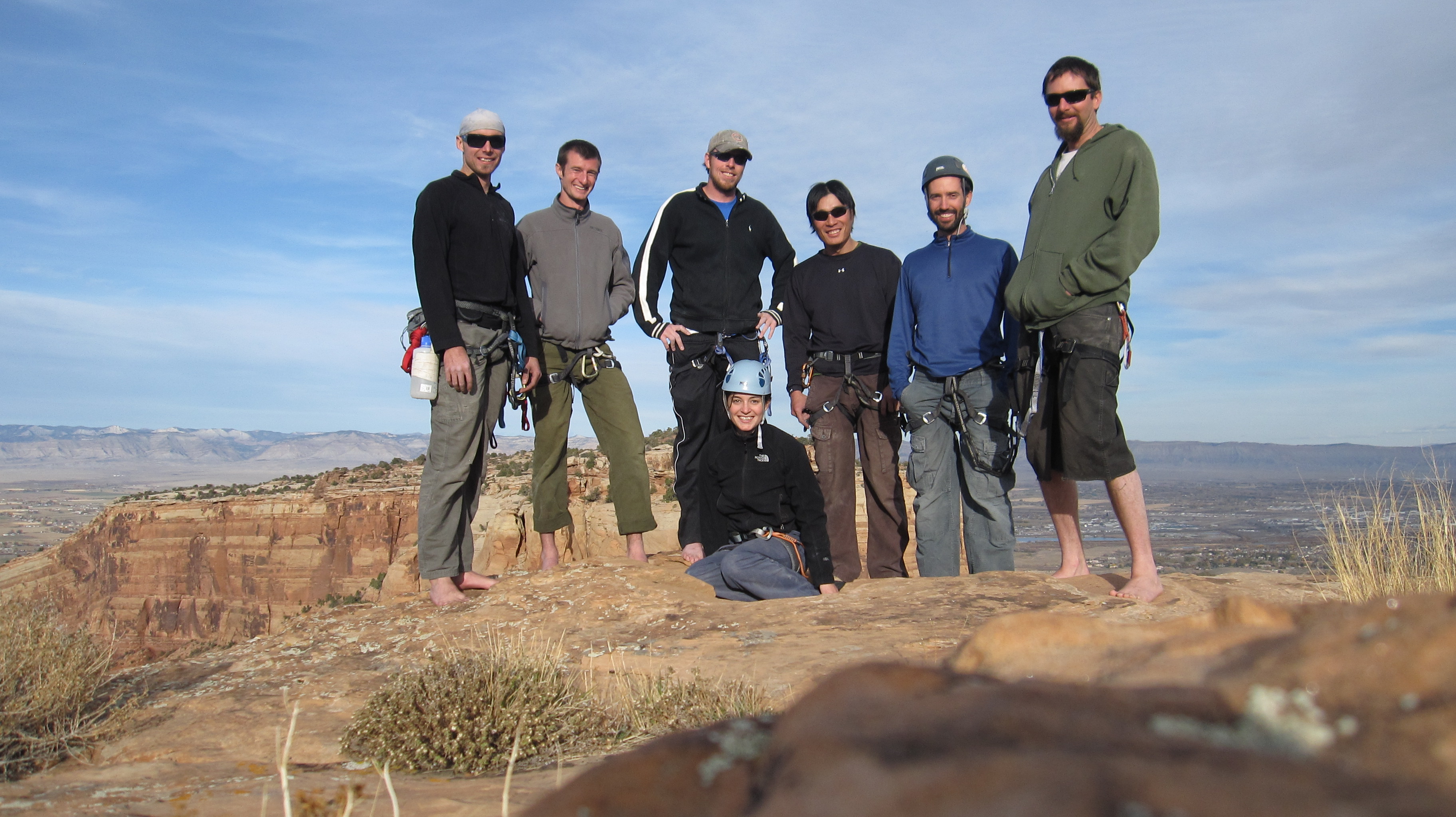
If you’re taking up rock climbing for the first time, or taking your climbing outdoors after learning in the gym, you might be wondering whether you really need a helmet, especially if most other climbers you know aren’t wearing one. It’s not clear why so few climbers don a helmet, though one 2006 study noted that male climbers were less likely to wear one, and some climbers complain they’re uncomfortable.
It might not save you from every injury, especially if you experience catastrophic equipment failure and a big fall, but might be able to ward off some injury to a pretty important part of your body.
Though a 2023 study concluded that the efficacy of climbing helmets is difficult to test in real-life, as there are many variables such as speed on impact, type of helmet and location of impact, we still think there are three compelling arguments for protecting your head at the crag.
All the latest inspiration, tips and guides to help you plan your next Advnture!
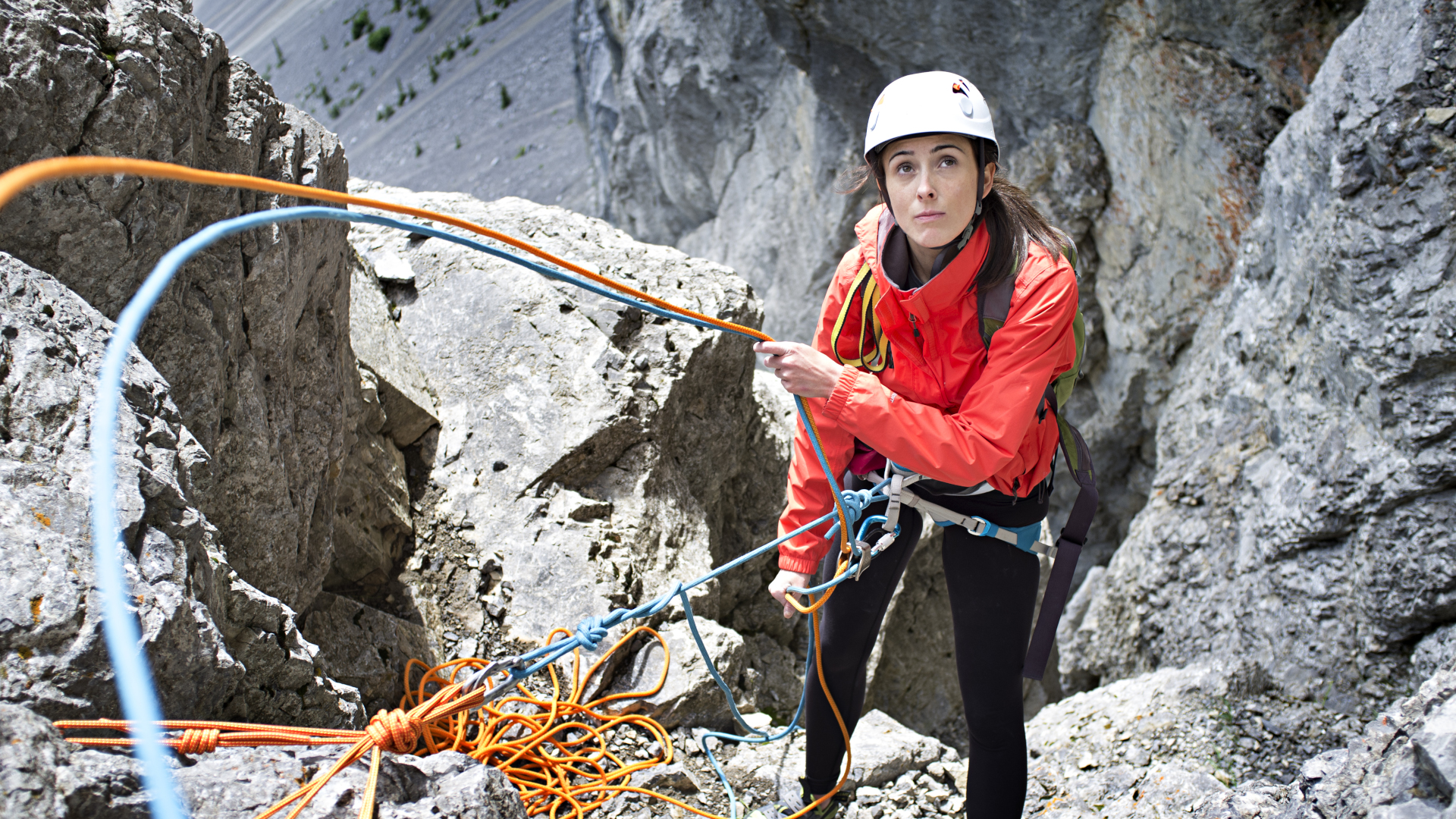
1. You could fall
Let’s start with the obvious. Falling is the most common cause of climbing injuries and it usually happens when you’re on the way up, not down. Lead climbers are at higher risk of falling than their partners. If you’re leading, you’re only as safe as the last piece of gear you placed, after all.
According to a 2020 study of rock climbing injuries in the Austrian Alps which examined nearly 3,000 cases, falls were the leading cause of injury (responsible for about two-thirds) and the risk for severe or fatal injuries increased when climbing without a helmet.
When you’re climbing outdoors, there’s no cushy pad on the floor to absorb the impact if you fall before you place your first piece of gear, and even if you end up taking a big swing or hanging upside down instead of hitting the ground, there’s lots of hard stuff you can hit your head on. A helmet can provide a little cushioning and minimize some of the force and damage when your head makes contact with the wall or the ground.
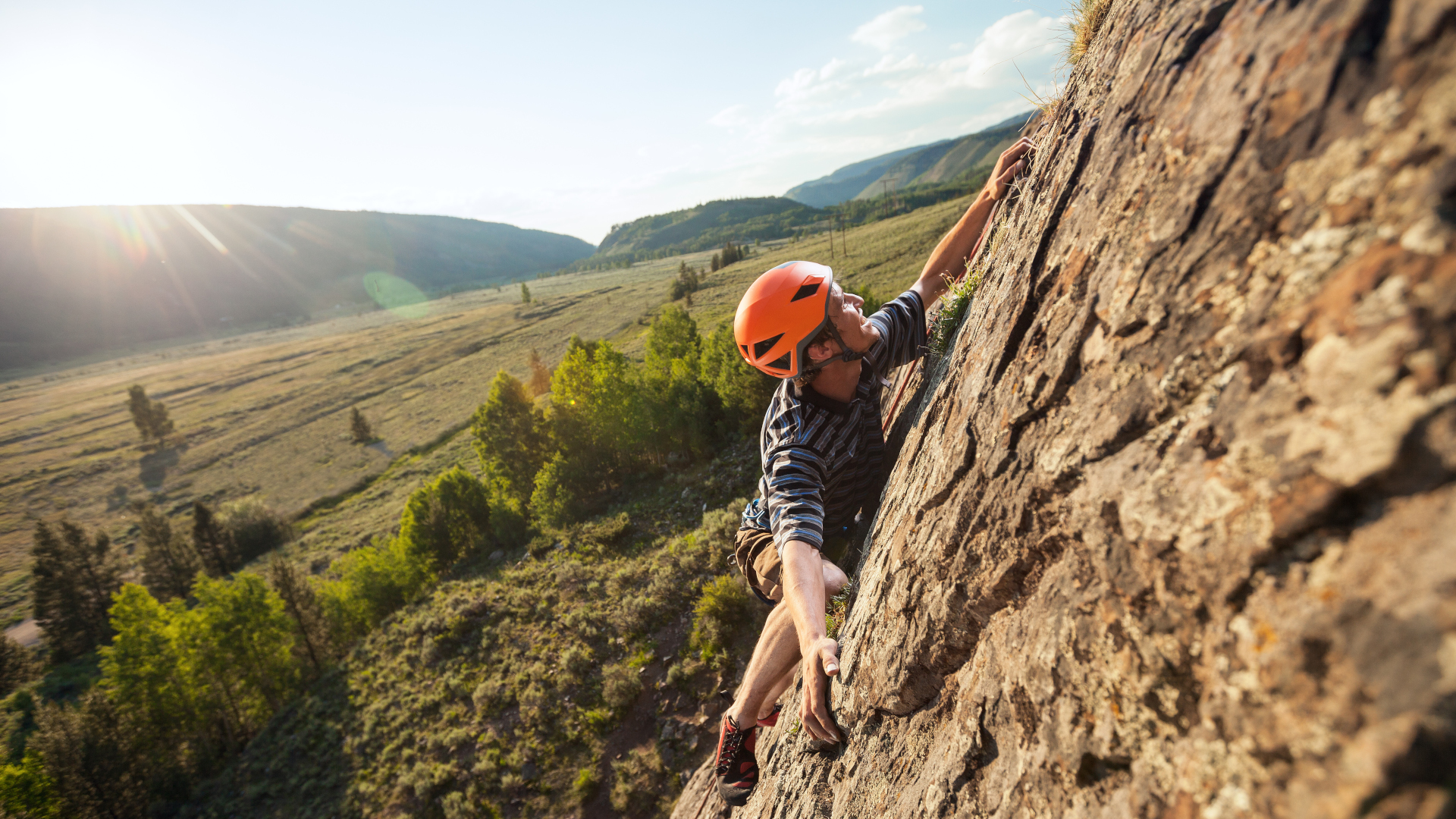
2. You might get hit by falling rock
Whether you’re edging or on belay, hazards falling from above – usually rock – provide another really important reason to wear a helmet. According to a 2020 review of research on climbing injuries published in the International Journal of Environmental Research and Public Health, around five percent of injuries involved someone being hit by a falling rock, while the Austrian study put that number closer to eight percent. Regardless, research seems to conclude that, after falling, rockfall is second the main cause of injury to the head, neck and shoulders.
Whether it's a piece of rock that broke off in your climbing partner's hand or a wayward cam, it's not going to feel great if it clocks you in the head at high velocity, and when you're tied in, there's no place to go. Climbing helmets are built to absorb the impact of falling objects so they just bounce off you.
3. You set a good example for others
A third and final reason you should be wearing a helmet when you climb outdoors is simply because it sets a good example to others. Climbing is on the rise and since it’s about to appear in the Olympics for the second time, there is no doubt only going to be more and more people joining the sport.
When new and potentially impressionable climbers come to the crag and look around for inspiration, seeing more experienced climbers take safety seriously will inspire them to do the same. Your actions could save your own life, but they could also save another. So go, read our article on how to fit a climbing helmet, which explains the different types of helmet, and live to see another pitch.
Julia Clarke is a staff writer for Advnture.com and the author of the book Restorative Yoga for Beginners. She loves to explore mountains on foot, bike, skis and belay and then recover on the the yoga mat. Julia graduated with a degree in journalism in 2004 and spent eight years working as a radio presenter in Kansas City, Vermont, Boston and New York City before discovering the joys of the Rocky Mountains. She then detoured west to Colorado and enjoyed 11 years teaching yoga in Vail before returning to her hometown of Glasgow, Scotland in 2020 to focus on family and writing.

